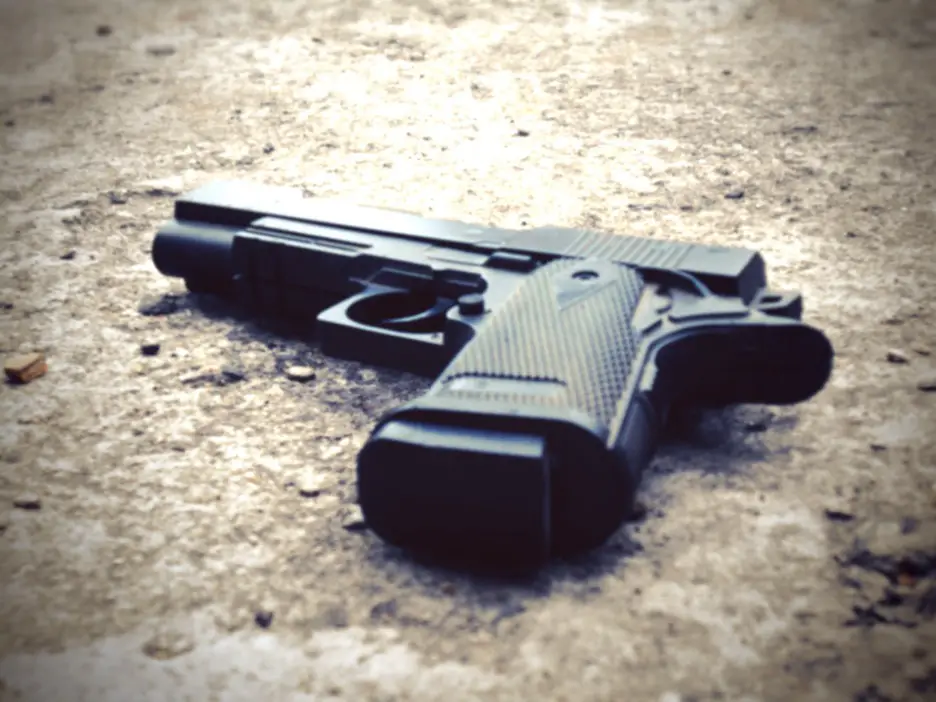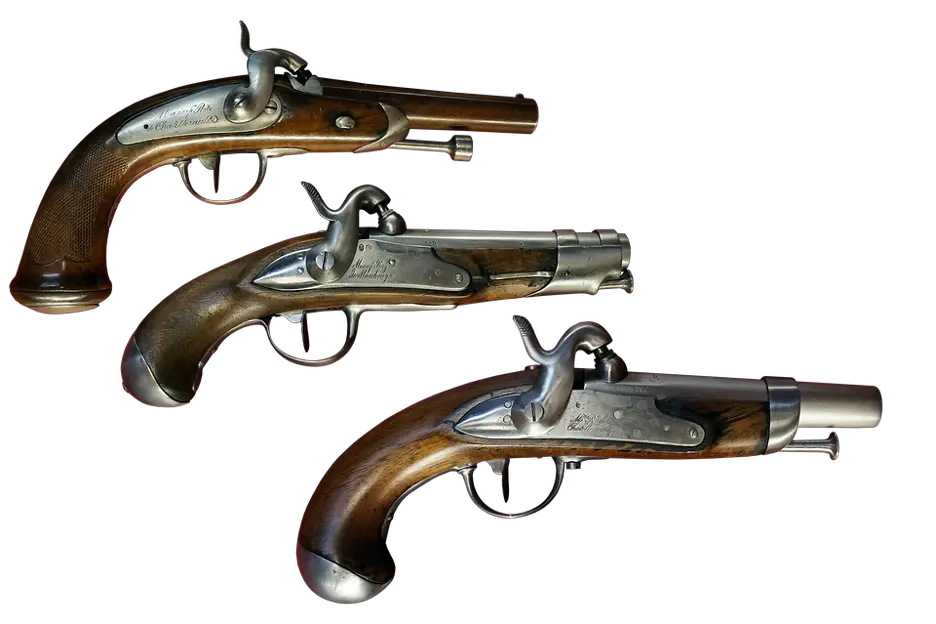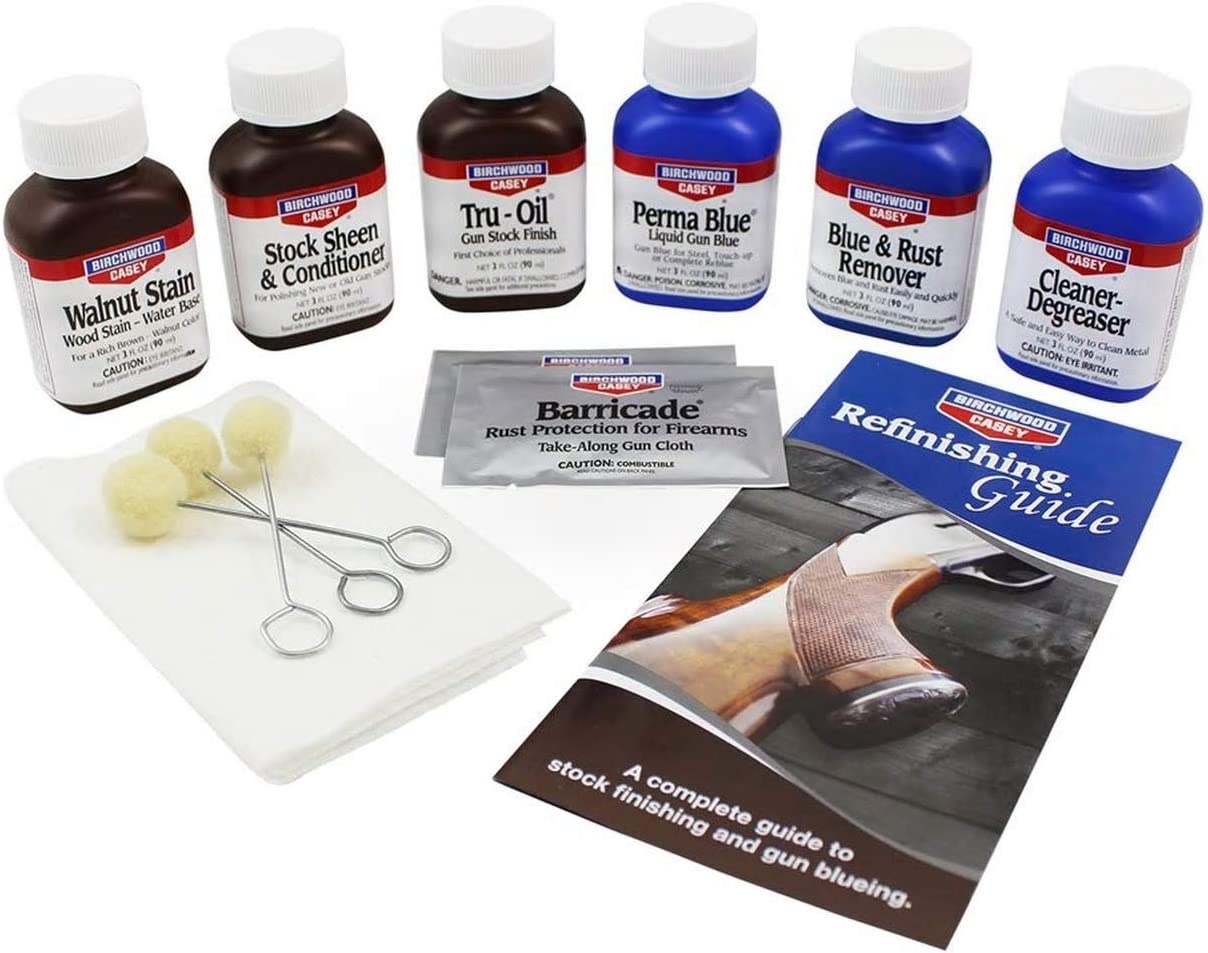The Science Behind Gun Wear and Why It Matters To You!
Background On Guns and Their Functioning
Guns have been a part of human history for over 500 years. They were first used as a weapon of war and hunting.
The first guns were developed during the Middle Ages and they were typically used in a siege. It was not until the 16th century, when firearms became more popular, that their use expanded to include hunting and sport shooting.
The first type of gunpowder weapon was invented in the 9th century BC, during the Tang Dynasty in China. The fire lance is a metal dart which utilized shrapnel to cause an injury. The weapon was used by soldiers to defend against cavalry attacks and on rivers.
Guns are a type of weapon that uses the energy from a burning propellant to launch projectiles. The operating principle is to use the explosive to force out a projectile at high speeds.
Today, they are used in many different ways such as for defence, law enforcement, and recreational shooting. It is typically used with a cartridge containing an explosive charge and a projectile called a shot or bullet that has been placed into it by hand.
The term revolver is often used to refer collectively to multiple revolving firearms, although "revolver" may be specifically applied to single-action revolvers or multi-barreled revolvers.
A break-action firearm, such as a shotgun or rifled slug barrel rifle is not a revolver because the breech does not revolve and fire the round. Nor would it be classified as any other type of revolving firearm like an automatic pistol or machine gun. But it would be classified as a short-barreled shotgun.
Below is a youtube video that talks more about the history of guns and their related components.
How Do Guns Deteriorate
Gun deterioration is caused by the environment, usage, and age. Guns can deteriorate in a variety of ways, such as rusting or corrosion. The environment is a key factor in how guns deteriorate. For example, if you live in a humid climate your gun will be more likely to rust than if you lived in an arid climate. Usage also plays a role in gun deterioration because of the chemicals that are used to clean it and the oils from your hands that get on it.

This can lead to further corrosion and moisture retention which can lead to rusting or corrosion on the metal parts of your gun. Age also plays an important role because guns will start to show signs of wear over time and this will cause them to deteriorate at different rates depending on how often they have been used and cleaned.
The most common types of gun deterioration are surface corrosion, pitting, bluing loss, and wear marks from use. Surface corrosion occurs when there is too much moisture in the air or the gun is exposed to corrosive chemicals such as cleaning solutions, batteries and ammo.
Pitting is localized wear due to abrasion between the metal and the primer. Bluing loss occurs when an outer layer of bluing on a weapon wears away exposing the underlying metal which can then rust. Wear marks are seen in areas where an object used on a weapon has been sharpened or ground down, causing damage to the surface of the gun.
The process for determining whether or not the surface has been damaged is known as "in situ testing".
Surface Damage Assessment: a process for detecting damage to a surface that is being tested as part of manufacturing. In situ testing: the process of determining whether or not an object's surface has been damaged by performing in-situ tests on it.
Guns get old, and after a certain point, they stop working. This is because guns are not indestructible. They wear out over time and need to be cared for to keep them in good condition.
Cleaning your gun after each use will ensure that bad bacteria do not cling to it, resulting in greater protection from germs. If you’re concerned about the health risks of contamination when you clean your gun, use a sanitiser like alcohol or hydrogen peroxide.
Most guns come with instructions on how to clean them properly at home. Don’t use corrosive products, like bleach or ammonia, to clean your gun. It’s a good idea to give your new gun a thorough cleaning as soon as you receive it. This helps prevent the accumulation of debris that could lead to an accidental discharge. You also want to clean your gun before storing it, regardless of whether you’ve fired it or not
What Causes the Wear?
The wear of a material is the result of a chemical or physical process that removes the material from the surface. Wear can be caused by chemical reactions, abrasion, and corrosion,
Abrasion:
A mechanical process which removes material from a surface by rubbing against it. It is caused by materials rubbing together in motion and can be either dry or wet.
Corrosion:
A chemical reaction between two substances that results in the wearing away of one or both substances. It is often caused by contact with water and air (e.g rust).

There are many causes of worn or broken wood grips on a firearm, but most commonly it is due to poor maintenance and lack of cleaning. Another common cause for broken wood is when the gun has been dropped or mishandled in some way which damages the grip.
The most common type of gun wear is general wear and tear which can be caused by improper storage, rough handling, or just simply firing bullets one after another without cleaning your weapon between shots.
The following are the major causes of gun wear:
- Corrosion from chemicals such as salt water, sweat, and oil.
- Wear and tear from the firing pin striking the round repeatedly.
- Wear and tear from loading rounds into the magazine.
- Damage to the barrel caused by dirt and debris during firing, which can lead to a decrease in accuracy.
- Gunsmithing damage
- Gunwear can also be caused by a lack of maintenance, such as not cleaning the gun after every firing or taking it to a gunsmith too often.
- Worn, old wooden stocks cause wood to wear and break due to recoil, which leads to further wear on the metal parts. of the firearm.
A video description of gun wear: https://www.youtube.com/watch?v=BhBrCU_M3
Two Types of Gun Corrosion
Gun corrosion is a major issue for firearms owners. It can lead to a gun misfiring, or even worse, exploding in the owner’s hands.
1. Chemical Corrosion
Chemical corrosion is generally caused by the buildup of salts and acids on the metal surface of guns. These chemicals can accumulate over time and corrode the gun's metal. The gun will also be susceptible to other chemicals that may come into contact with it during use, such as paint or ink solvent.
The most common type of chemical corrosion is caused by nitrates found in some ammunition types, which then react with moisture in the air to produce nitric acid which attacks the gunmetal.
Aircraft accidents have been blamed on the corrosion of aluminum with moisture. This can also happen to copper and iron.
Metal fatigue is caused by repeated cycles of tension and compression as the metal is stressed by impact or loading, which causes microscopic cracks in the metal. This allows oxidation and other destructive processes to take place very quickly in the immediate area around that crack, leading to a loss of strength or failure.
2. Physical Corrosion

Physical corrosion is caused by external factors such as weathering or other chemicals that may come into contact with the gun when it's not being used. Corrosion to the port is characterized by the appearance of a whitish film in the port, caused by heavy corrosion, and can affect the function of the CO2 cylinder.
A youtube video of corrosion and how to effectively remove rust.
Be aware that this product will also remove bluing and oxide coatings from the metal. You will then need to reblue the gun.
What Are The Effects of Gun Corrosion?
Corrosion is a very common problem in the military. It can be caused by many factors and it can lead to a degradation of weapons systems.
The effects of corrosion are very significant and need to be monitored carefully. Corrosion can lead to weapon malfunction, which might result in injury or death. It also causes increased maintenance costs and an increased chance of accidents.
Gun corrosion is a major problem for many law enforcement agencies. The effects of gun corrosion can be seen in the form of decreased accuracy and increased recoil. The effects of gun corrosion can be seen through scratches, dents, and pits on metal surfaces that have been exposed to the elements for long periods.
Exposure to the sun, rain and dirt can result in deep corrosion on gunmetal. Gun metal can oxidize (rust) when there is an oxygen-rich environment. The oxidation process takes place on the surface of the metal, but it also breaks down into the metal's iron-nickel core. This iron-nickel core is what makes gun metal rust, which often leads to pitting.
Conclusion:
Pistols, rifles, and shotguns all depend on metal parts to operate properly, which makes them vulnerable to rust and corrosion. Lack of adequate storage can hasten the rusting process, endangering the weapon's functionality and safety.
A good firearm should provide you with decades of dependable use, but only if it is properly maintained and kept.
It is quite easy to use solvent free cleaners on ammunition, it doesn't use animal by-products, so there are no offensive smells, and it doesn't affect how well the gun works, so you don't need to wipe down your piece before you go out and shoot.


